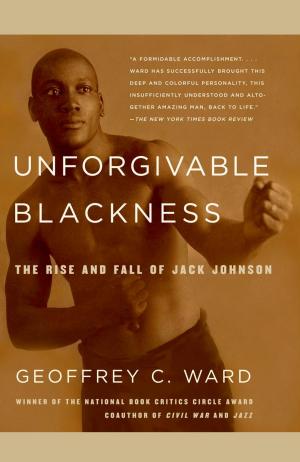| Author: | George Bedell MBE | ISBN: | 9781301889051 |
| Publisher: | George Bedell MBE | Publication: | September 4, 2013 |
| Imprint: | Smashwords Edition | Language: | English |
| Author: | George Bedell MBE |
| ISBN: | 9781301889051 |
| Publisher: | George Bedell MBE |
| Publication: | September 4, 2013 |
| Imprint: | Smashwords Edition |
| Language: | English |
The Battlefield is a record of an event that took place, in a small coal mining village, towards the end of the Second World War. The place was New Silksworth, located in the Rural District of Sunderland, County Durham, England. At that time there were perhaps hundreds of these villages in the northern region of the United Kingdom and particularly in the county of Durham. Awful places where the indignity of poverty and ill-health strode across the land and was the order of the day. Housing consisted of long, narrow, ancient terraces, infested by cockroaches; earthen toilets were across the street, no internal sanitation such as a bathroom with a WC, not even a cold water tap and lighting was provided by oil lamps then later lamps using coal gas. To the rear of each house was an allotment of about 30 metres in length: a godsend during the conflict. Indeed, there is no doubt, the opportunity this land gave for growing food, prevented families from starving, in the harsh early days of rationing. It also offered a place for the sanctuary of the Anderson Shelter.
Amenities for miners’ families was financed by the men through a weekly levy on their wages. This provided a Miners’ Hall where meetings took place, ballroom dancing, boxing and table tennis was taught and practiced. A local “welfare” with sports facilities for soccer, cricket, tennis etc. was created too. All were a splendid manifestation of miner’s collective wisdom and endeavour.
The owner of Silksworth Colliery, Lord Joicey, a member of the aristocracy, whose sole interest was obtaining as much coal as possible, at the lowest possible price in money and safety. For centuries, in the Durham Coalfield, it was always the way.
The Battlefield is a record of an event that took place, in a small coal mining village, towards the end of the Second World War. The place was New Silksworth, located in the Rural District of Sunderland, County Durham, England. At that time there were perhaps hundreds of these villages in the northern region of the United Kingdom and particularly in the county of Durham. Awful places where the indignity of poverty and ill-health strode across the land and was the order of the day. Housing consisted of long, narrow, ancient terraces, infested by cockroaches; earthen toilets were across the street, no internal sanitation such as a bathroom with a WC, not even a cold water tap and lighting was provided by oil lamps then later lamps using coal gas. To the rear of each house was an allotment of about 30 metres in length: a godsend during the conflict. Indeed, there is no doubt, the opportunity this land gave for growing food, prevented families from starving, in the harsh early days of rationing. It also offered a place for the sanctuary of the Anderson Shelter.
Amenities for miners’ families was financed by the men through a weekly levy on their wages. This provided a Miners’ Hall where meetings took place, ballroom dancing, boxing and table tennis was taught and practiced. A local “welfare” with sports facilities for soccer, cricket, tennis etc. was created too. All were a splendid manifestation of miner’s collective wisdom and endeavour.
The owner of Silksworth Colliery, Lord Joicey, a member of the aristocracy, whose sole interest was obtaining as much coal as possible, at the lowest possible price in money and safety. For centuries, in the Durham Coalfield, it was always the way.















